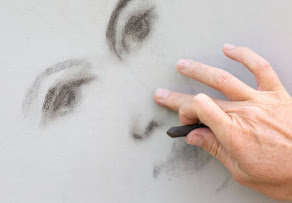During the First World War, Marshall served in the London Scottish Regiment with fellow actors Basil Rathbone, Ronald Colman, Cedric Hardwicke and Claude Rains. He later recalled his time on the Western Front: "I knew terrific boredom. There was no drama lying in the trenches 10 months. I must have felt fear, but I don't remember it. I was too numb to recall any enterprise on my part." On 9 April 1917 he was shot in the right knee by a sniper at the Second Battle of Arras in France. After a succession of operations, doctors were forced to amputate his leg near the hip. Marshall remained hospitalized for thirteen months. He later recalled in private that after his injury, he had initially over-dramatized his loss and was wrapped up in self-pity and bitterness. Before long, however, he decided he wanted to return to the theater and learned how to walk well with a prosthetic leg in order to do so. While he was recovering at St. Thomas' in London, King George V visited the hospital. When asked to pick which of the actor's legs he thought was artificial, the king chose the wrong one. Throughout his career, Marshall largely managed to hide the fact that he had a prosthetic limb, although it was occasionally reported in the press.
Marshall suffered from his war injury for the rest of his life, both from phantom pain common to amputees and from the prosthesis. One friend remembered that he kept holes in his pants pockets so that he could inconspicuously loosen a strap on his prosthetic leg in order to ease his discomfort. The pain in his leg became more pronounced later in life, including bothering him on film shoots in ways noticeable to others and exacerbating his usually very slight limp.
Mr. Marshall, we thank you for your sacrifice and your service to your country. Rest in peace.








No comments:
Post a Comment